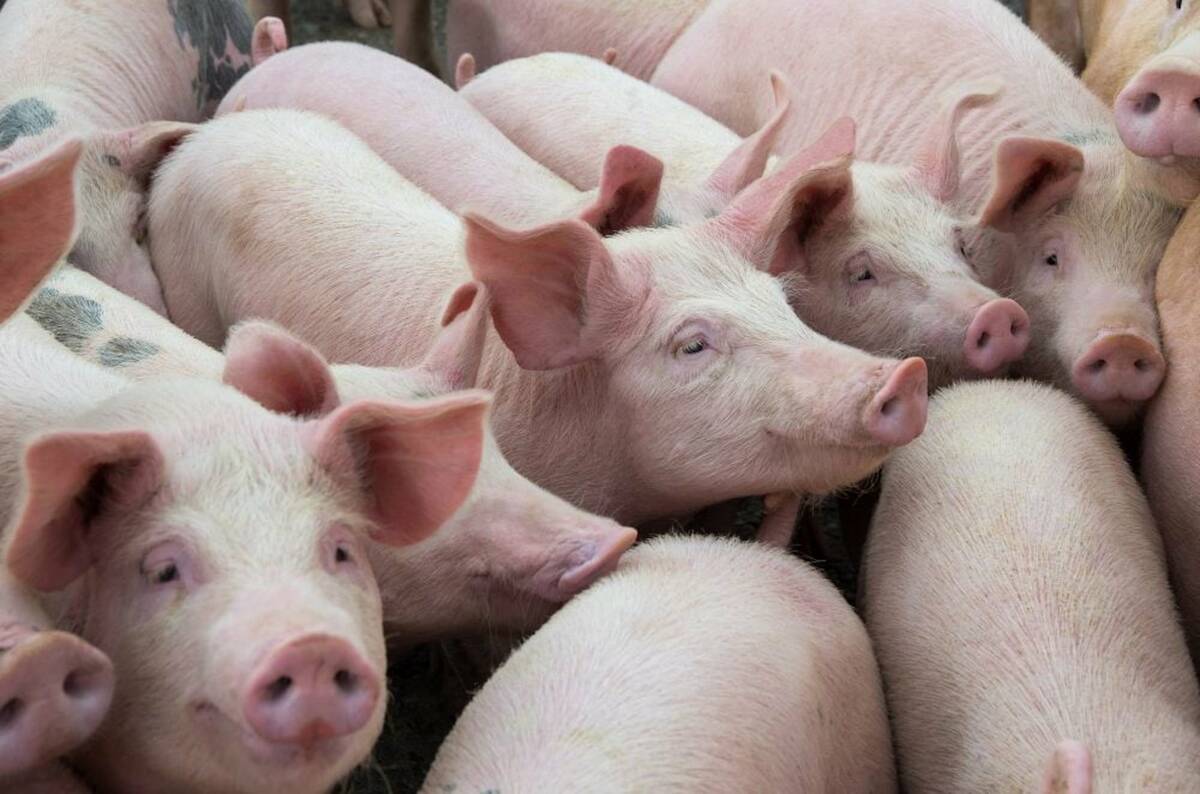MarketsFarm — The October world agricultural supply and demand estimates (WASDE) from the U.S. Department of Agriculture (USDA) shows lower U.S. ending stocks for soybeans, corn and wheat.
Projected U.S. soybean ending stocks for 2020-21 were lowered to 290 million bushels from last month’s projection of 460 million. Last year, carryout stocks were at 523 million bushels. The reduction is largely due to smaller supplies caused by lower harvested area, along with increased exports.
Soybean production is forecast at 4.3 billion bushels, down 45 million from prior estimates due to lower harvested area. Harvested area is down 0.7 million acres, to 82.3 million, due to reductions in Kansas, North Dakota and South Dakota. The soybean yield projection was unchanged from last month, at 51.9 bushels per acre.
Read Also

U.S. livestock: Hogs rise ahead of ‘Hogs and Pigs’ report
Chicago cattle futures continued to inch upward on Monday. Hogs also rose in anticipation of Tuesday’s Hogs and Pigs report….
Corn production is forecast at 14.722 billion bu., down 178 million due to reductions in harvested area. Yield expectations have also declined, totalling 178.4 bushels per acre. Corn supplies are forecast down sharply from last month due to a smaller crop and lower beginning stocks. Ending stocks for 2020-21 were lowered to 2.167 billion bu., compared to last month’s 2.5 billion.
Wheat stocks are expected to be lower due to higher domestic usage. Wheat carryout was forecast at 883 million bu., down from 925 million bu. in Sept and year-ago of 1.03 billion. It’s also the lowest level of ending stocks in six years.
Globally, wheat stocks were raised by 2.2 million tonnes to total 1.073 billion, based largely on increased production in Russia.
— Marlo Glass reports for MarketsFarm from Winnipeg.















